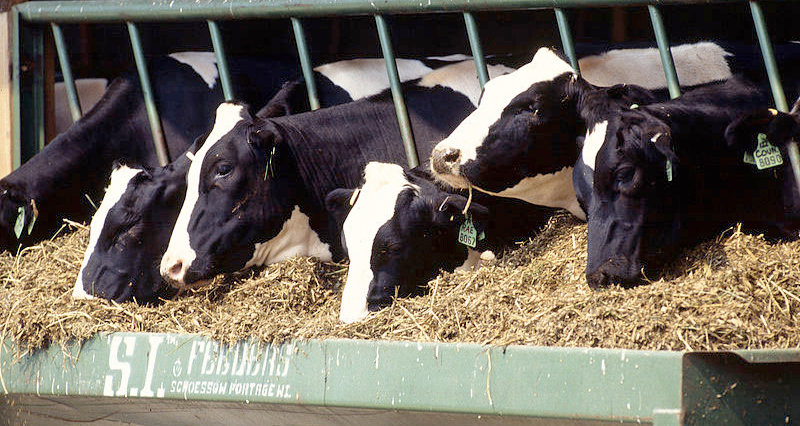
Dairy farmers are being urged to get-to-get grips with their milk contracts and review nutritional inputs to ensure they are maximising the available revenue from every litre produced.
Bethany May, ruminant nutritionist at Trident Feeds explains that many producers are paid based on individual milk component percentages that fall into different banding payments and for this reason, feeding to maintain butterfat is crucial.
"The important thing to note is that if the required contract standards aren't being met, monitored and maintained, revenue per litre and total income can vary greatly.
"This is why producers really need to understand their contract inside out," says Bethany.
"It's important for producers to consider using protected fats to push milk fat and protein production as high as possible to get the fat percentage required to get into the higher paying band," she adds.
"Using the Arla May milk contract as an example, if the current price is 19.75ppl, the result of adding a rumen protected fat, such as Butterfat Extra to increase milk fat from 3.7% to 4%, with an extra litre of milk also produced, could increase payments to 20.40ppl.
"This is due to the quality improvement and the fact this shifts the butterfat percentage into the higher paying band," says Bethany.
"When the net cost of feeding Butterfat Extra is taken into account, on a cow yielding 36 litres, the return is 15p/cow/day more for your milk, which equates to an extra £22.50 a day for a 150 cow herd."
Bethany acknowledges that Arla is just one example of the many milk contracts that offer constituent payments but she says that it is very important that individual producers get-to-grips with their contract to help focus on nutrition and maximise revenue per litre and total income.
"It's understandable that many farmers have now turned their cows out with the view of utilising as much high quality, low cost fresh grass as possible to help lower production costs and maximise profit margins," says Bethany.
"However, it's important that they consider when going into summer, grass is typically low in structural fibre which is required to help milk fat production, high in soluble sugars and additionally rich in oils, which are often the forgotten contributors to lowering milk fat percent.
"And even the best quality swards, grazed in optimum conditions within the UK, will only realistically provide high yielding cows with a sustainable maintenance plus 15-20 litres.
"So, for the most cost effective production, cows require an appropriately formulated buffer feed to optimise feed conversion efficiency from grass," she explains.
Bethany explains that as a starting point there should be a source of structural fibre such as chopped straw or hay, as well as complementary cereal silage such as whole crop or maize.
"Adding a digestible fibre source, such as 1-2 kg of Sugar Beet Feed (SBF), will help supply the nutrients that fibre digesting bacteria need to produce acetate -the building block of butterfat- and reduce the acid load on the rumen.
"However, when it comes to cereal levels in the ration caution should be exercised," warns Bethany. "Low cereal prices may be attractive but over-feeding can result in increased lactic acid production in the rumen due to the rapidly available starch.
"Although this is important for supporting yield and protein content, in excess it can further lower rumen pH, increase acidosis risk and depress butterfat. It's all about getting the ratio right," she adds.
